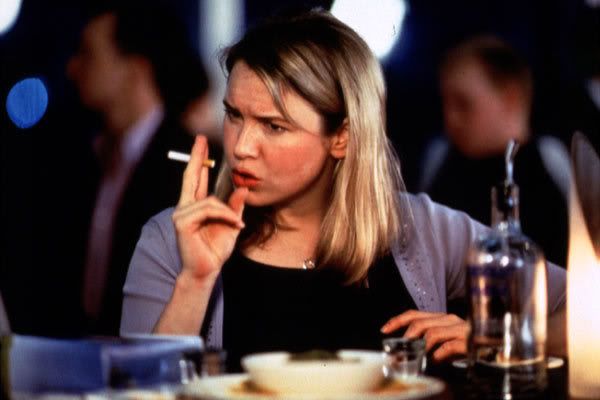In 1977, disco bestrode the globe like an afro-haired, stack-heeled colossus. There had been disco records before, notably Donna Summer's Love to Love You Baby and George McCrae's Rock Your Baby. But by 1977, disco - dance music's logical next step after the orchestrated, soul-based Philadelphia sound of the early 70s - came to seem less like a series of wonderful flukes and more like the soundtrack to a pop era. The Trammps and Tavares, Thelma Houston and T-Connection, the Brothers Johnson and the Fatback Band were all over the radio and the charts. The real indicator of its popularity was that other artists latched on and began to "go disco", with Marvin Gaye one of the first to succumb with Got to Give It Up, Abba following suit, and even behemoths of white rock - notably the Rolling Stones, Kiss and Rod Stewart - getting in on the act.
The year also saw the debut British chart entries from disco's prime movers, Chic and Earth, Wind & Fire. And, in March, the Bee Gees' manager, Robert Stigwood, made a phone call to his charges that cemented forever the popular perception of disco: he asked the Gibb brothers to provide new songs for the soundtrack to his latest project, a movie called Saturday Night Fever. Finally, there was a bolt of sequencer-driven electro-disco strangeness called I Feel Love by Donna Summer and Giorgio Moroder, one of two trailblazing singles from summer 1977 that transformed the way people thought about popular music - the other being God Save the Queen.
Friday, February 23, 2007
Good Times
Subscribe to:
Post Comments (Atom)

No comments:
Post a Comment